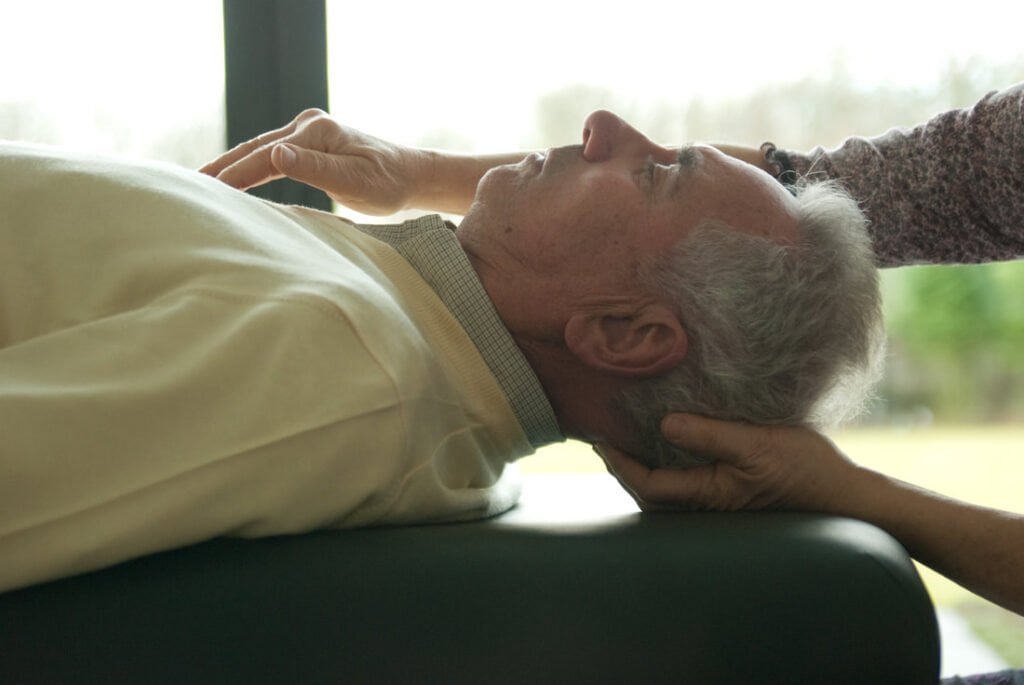
Zero Balancing is a bodywork technique that combines principles from both Eastern and Western medicine. It aims to balance the relationship between the body’s energy fields and its physical structures. Here’s an overview of Zero Balancing:
Origins
Zero Balancing was developed in the early 1970s by Fritz Frederick Smith, M.D., who was both a medical doctor and an osteopath, and had also studied acupuncture and Rolfing.
Philosophy
The philosophy behind ZB revolves around the idea that energy and structure are deeply intertwined within the body. Any disruptions or imbalances can potentially lead to discomfort, pain, or other health issues.
Technique
Goals
Balancing Energy and Structure: ZB aims to align and balance the energy fields and physical structure of the body, with an emphasis on the bones and skeletal system.
Releasing Tension: It seeks to release tension stored deep within the bones and joints, known as “held energy.”
Enhancing Well-being: Many proponents say it can promote a sense of well-being, relaxation, and increased energy.
Session Overview
Clients typically lie on a massage table, fully clothed.
A session may last between 30 minutes to an hour.
Practitioners use their hands to assess and then balance areas of tension or imbalance in the body.
Benefits
While scientific research on ZB is limited compared to some other therapies, proponents and practitioners believe that it can:
• Promote relaxation and stress relief.
• Reduce pain and discomfort.
• Enhance overall well-being.
• Improve clarity and focus.
• Increase energy and vitality.
Training and Certification
Considerations
As with any therapy, it’s important for individuals to consult with healthcare professionals and consider their own health conditions before trying Zero Balancing. While many people find relief and benefits from ZB, it may not be suitable or effective for everyone.
Zero Balancing is a holistic approach to health that integrates concepts from both Eastern and Western medical traditions. It focuses on the interplay between the body’s energy and its physical structures, aiming to promote balance, relief from tension, and overall well-being.
Compare zero balancing and massage
Both Zero Balancing (ZB) and massage therapy are hands-on bodywork techniques designed to help individuals feel better physically and mentally. However, they have distinct philosophies, techniques, and goals. Here’s a comparison:
Origins and Philosophies:
Zero Balancing: Developed in the early 1970s by Fritz Frederick Smith, M.D., Zero Balancing integrates principles from both Western (osteopathic) and Eastern (acupuncture) medical traditions. It focuses on the interrelationship between the body’s energy fields and its physical structures.
Massage Therapy: Has ancient origins with various types emerging from different parts of the world, like Swedish massage, Shiatsu, and Thai massage. The primary philosophy behind most massage techniques is to manipulate the muscles and soft tissues of the body to promote relaxation and relieve tension.
Techniques:
Zero Balancing: Practitioners use gentle pressure and stretches to release tension held deep within the bones and the skeletal system. The touch is often described as firm but gentle, focusing mainly on bones and joints.
Massage Therapy: Techniques can vary widely, from light stroking to deep pressure. It generally focuses on the muscles, tendons, ligaments, and other soft tissues.
Clothing:
Zero Balancing: Performed with the client fully clothed.
Massage Therapy: Depending on the type, the client might undress (while being appropriately draped) or remain clothed.
Goals:
Zero Balancing: Aims to balance energy and structure within the body, release tension stored in the bones and joints, and promote overall well-being and vitality.
Massage Therapy: Primarily aims to relax the muscles, increase blood circulation, alleviate pain, reduce stress, enhance wellness, and in some modalities, balance energy.
Areas of Focus:
Zero Balancing: Emphasizes the bones, especially the core skeletal structures and joints.
Massage Therapy: Typically emphasizes the muscles and soft tissues.
Session Duration:
Zero Balancing: Sessions usually last between 30 minutes to an hour.
Massage Therapy: Sessions can vary, but they typically range from 30 minutes to 90 minutes or more.
Research & Recognition:
Zero Balancing: It’s a relatively newer modality with limited scientific research compared to massage. However, many individuals and practitioners report beneficial effects.
Massage Therapy: Over the years, various forms of massage have gained significant recognition in both complementary and mainstream healthcare. Numerous studies highlight the benefits of massage for various conditions.
Training:
Zero Balancing: Practitioners undergo training through recognized programs, like the Zero Balancing Health Association.
Massage Therapy: There are established curricula and certification processes in many countries, with practitioners typically required to undergo formal training and, in many places, licensing.
Both Zero Balancing and massage therapy can provide significant benefits for many individuals, but their approaches are distinct. Choosing between them depends on personal preferences, specific health concerns, and desired outcomes. Some individuals may even choose to incorporate both into their wellness routine.